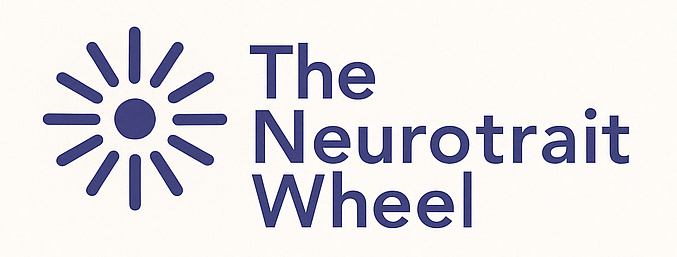I'm Neurodivergent
The Neurotrait Wheel is a tool to help you understand, explain and reflect on your own experience of being neurodivergent.
It’s particularly helpful people who have (or suspect) that they have more than one condition with different traits showing up for each on.
In addition, people who have a new diagnosis or are just exploring Neurodiversity for the first time can use the wheel to help them understand their unique experience.
Self-reflection
You can use your own Neurotrait Graph to help you explore all the different ways you experience your Neurodiversity.
You can also use it to help you think about ways in which you’ve developed coping mechanisms, or organised your life to minimise some impacts
Think about: Are there traits that impact you more than you realised? Which ones feel like strengths? Which ones feel like struggles? Which traits might other people not see? Which would you like more support with, or understanding of?
Preparing for assessments or diagnosis conversations
Your Neurotrait Graph can help you document patterns in how traits affect you day to day.
This can be helpful when you’re preparing to speak with a diagnosis service, Occupational Health professionals, or other places where you need to consider how you’re affected day to day, and how significantly.
Explaining your experience to others
Sharing your Neurotrait Graph with your manager, partner or support network can be a simple way to show what you find easy, what you find hard, and where you might need support, especially if it’s difficult to put into words.
Support advice is often based on diagnosis, but that can miss the detail of what someone’s actually experiencing. By focusing on the traits that affect you most, it’s easier to have more meaningful conversations and find practical adjustments that really help.
For example: “I struggle with high distractibility, and executive dysfunction means I find it hard to start tasks. Can you help me find ways to reduce distractions in the office, and to start work when I need to?”
Tracking changes over time
Your graph might shift during burnout or periods of stress. Noticing those changes early can help you take action or ask for help.
You can also use it to see if changes you make (like planning techniques, new apps, or medications) are improving your experience in the ways you had hoped. This can be really helpful for workplace adjustments, and for medication reviews.
